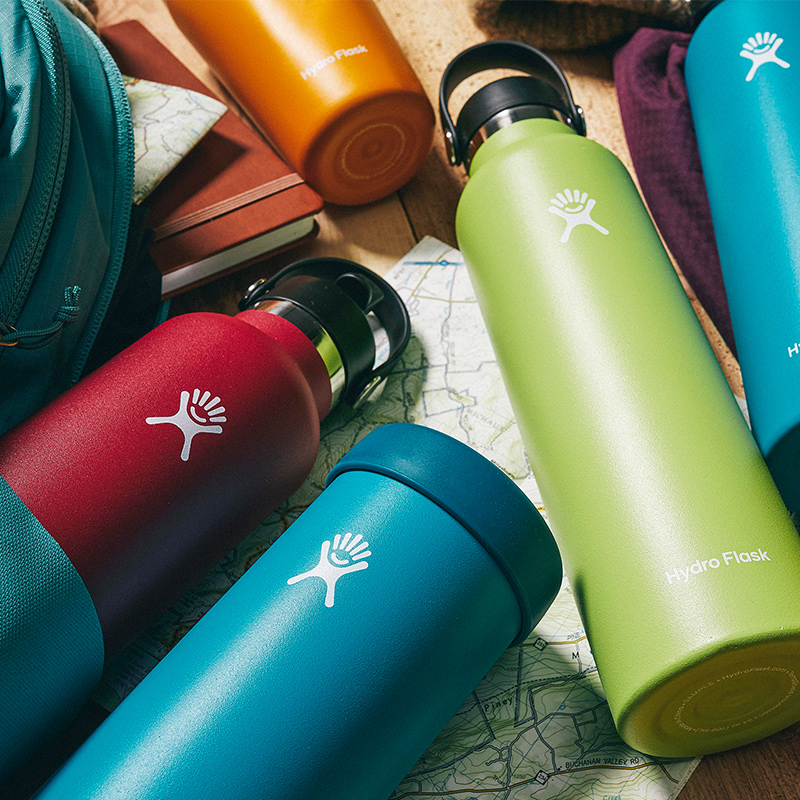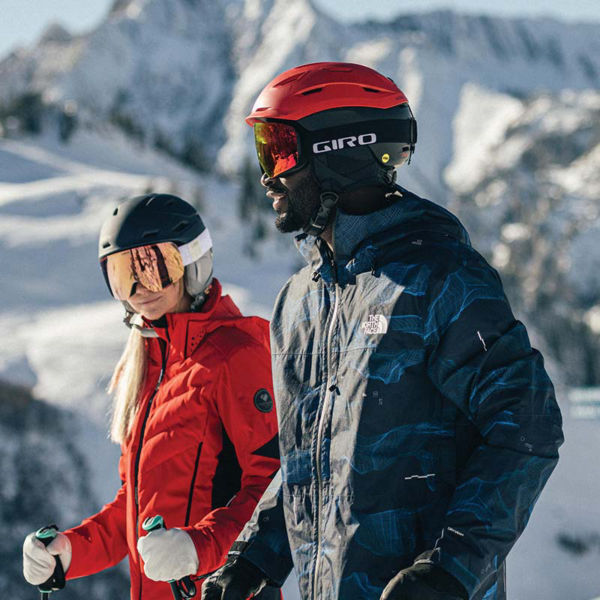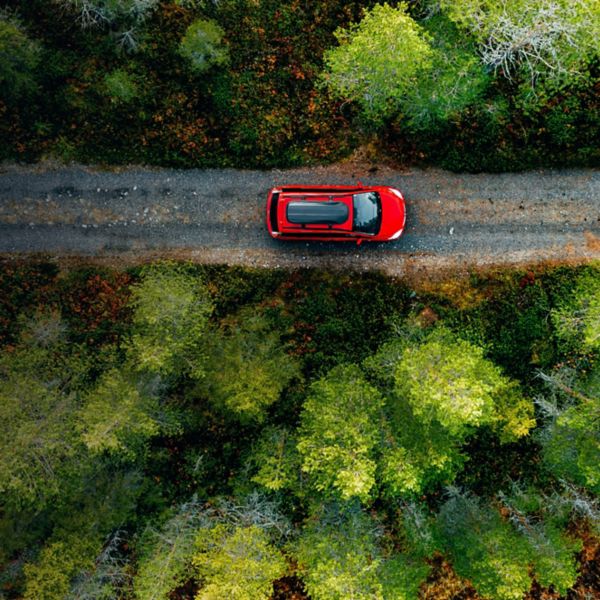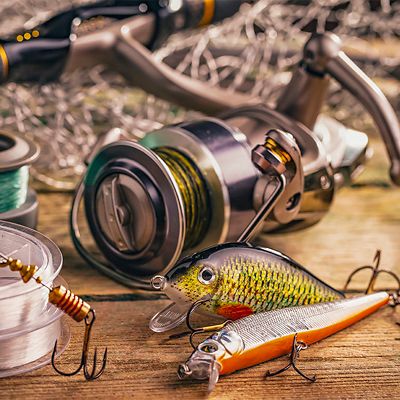
We need gear to explore and enjoy the outdoors, but that doesn’t mean just any product will do. The best gear today should perform well and be good for the planet. Sustainable shopping is one way outdoor adventurers can show our love for the environment. After all, the purchasing choices we make have direct impacts on the places we play. When you buy a jacket made with a lot of chemical coatings, you contribute to the pollution affecting our rivers. When you purchase a backpack made with virgin nylon, that adds carbon to the atmosphere.
But the solution isn’t to stop buying gear altogether. After all, good gear is critical to getting outdoors safely and comfortably. Not only is getting outdoors good for mind, body, and spirit, it’s one of the best ways to get to know our natural environment and understand the protections it needs to thrive. Instead, the solution is to buy more sustainable outdoor gear. To help you make thoughtful choices the next time you shop, we’ve put together this guide. We’ll cover:
- The dangers of greenwashing
- Your sustainable shopping cheat sheet
- 5 ways to shop more sustainably
- How Public Lands is supporting sustainable outfitting
The Dangers of Greenwashing
Sustainability has become a hot topic in recent years. So hot that many brands are eager to take advantage of the buzz without actually investing in the systems and materials required to meaningfully reduce their environmental footprints. Many falsely advertise products as “green,” “sustainable,” or “eco-friendly,” solely for marketing purposes, a phenomenon called “greenwashing.”
When you’re looking to buy sustainable outdoor gear, try to look past these obvious catchwords and search for hard evidence instead. Is the product’s eco-cred verified by a third party like bluesign or Fair Trade USA? If the product has recycled content, what kind? Is it the gold standard of “post-consumer” recycled content, or just “post-industrial recycled content?” (The latter refers to industrial scraps, which many factories would have reused anyway.) Now, how much of the product is recycled? Items made out of 100-percent recycled materials are great for the planet. Products made with just 10 percent recycled content? Not so much.
Sustainable shopping can be tricky, but reading labels and visiting brand websites can help you weed out the fake claims and zero in on the products that will actually reduce impact on the environment.
Your Sustainable Shopping Cheat Sheet
When it comes to buying sustainable outdoor gear, there are tons of materials and certifications to look for. These are the ones you’ll see most often. (For an even deeper dive into certifications and standards to look for, check this glossary.)
Organic Cotton
Conventional cotton production uses a ton of pesticides and chemical fertilizers. All these things have a huge adverse environmental impact. Organic cotton is grown without these chemicals, which makes it a healthier option for the planet’s water and soil. Also look for cotton certified by the Better Cotton initiative, which helps small farmers produce cotton with environmental and humanitarian issues in mind.
Recycled Materials
A lot of outdoor gear is made from plastics like polyester or nylon, which are derived from fossil fuels. Anytime you can buy gear with recycled polyester or nylon, you’re both using less oil and keeping plastics out of the landfill. Recycled content should be certified to either the Recycled Claim Standard or Global Recycled Standard.
These days, you can even find recycled down and wool, which helps keep even more material out of landfills. (When buying “virgin,” or unrecycled, wool or down products, always look for Responsible Wool Standard and Responsible Down Standard certifications to ensure humane treatment of the source animals.).
PFC-Free DWRs
PFCs, or “perfluorinated chemicals,” are most commonly found in durable water repellent (DWR) coatings, which are applied to jackets, shells, backpacks, and a variety of other outdoor gear to prevent water from seeping into fabrics. Over time, these coatings rub off and leach into the environment, where PFCs can have toxic effects. Most outdoor brands have switched from “long-chain” or “C8” versions of DWR to “short-chain” or “C6” versions, which still contain PFCs but are less toxic than long-chain chemicals. If you want a toxin-free product, though, look for those labeled “PFC-free” or “C0,” which indicates bio-based coatings or those that are more biodegradable.
Bluesign-Certified Fabrics
To get bluesign’s seal of approval, fabrics have to meet rigorous environmental and human safety criteria. Each product is screened along every step of the manufacturing process to ensure they’re created without hazardous chemicals and without producing toxic pollutants. Always check for a “bluesign” label when you’re comparing products.
Fair Trade Certified Products
Fair Trade Certified items are produced by fairly paid employees in safe working conditions. The certification also indicates that the product meets certain standards for environmental protection and local community development. You’ll most commonly see Fair Trade Certified logos on clothing.
Leather Working Group-rated Leathers
When shopping for boots or other products containing leather, keep an eye out for a rating from the Leather Working Group (LWG). LWG assesses tanneries, leather traders, and other businesses on the eco-friendliness of their practices. A gold rating is the highest level of certification, while silver and bronze ratings indicate decent adherence to practices like safe working conditions, responsible waste management, and efficient energy and water use.






